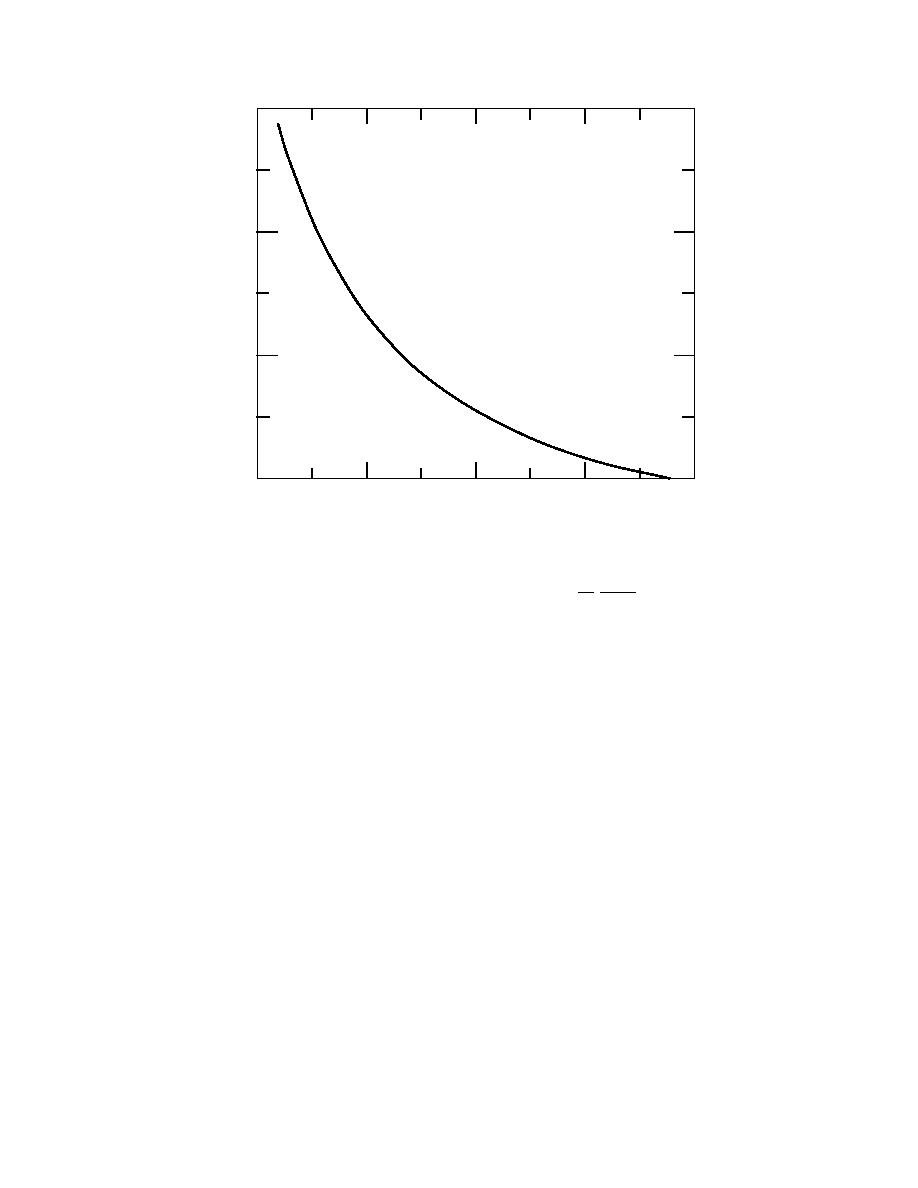
8
6
t(L)
(hrs)
4
2
4
6
8
10
L, Length (m)
Figure 7. Basin drainage times as a function of weir length.
1 V(H )
t = ∫0..005
0 076
h1, h2 = starting and ending heights of water
dH (hours).
(5a)
H Q(H )
over the weir.
A 6-m (20 ft) weir looked to be the most effec-
For the retention basin design, the following re-
tive for the retention basin application, with drain-
lationships will be used:
age times between 4 and 4.5 hours. Note that drain-
ing is to 0.5 cm (0.2 in.) above the weir. Draining
t = [2A/CL] (1/h20.5 1/h10.5) (hours)
to 0.25 cm (0.1 in.) above the weir increases total
A = 8094 m2
draining times by 50%. Note also that in this analy-
C = 1.83
sis, an assumption is made that all of the sus-
L = 2.44, 3.94, ... 9.75
pended solids have settled out of solution. This is
h1 = 0.076, h2 = 0.005 (m).
(6)
definitely not going to be the case. Therefore, these
calculations should be quite conservative. The
Iteration of the above yields a curve (Fig. 8) very
above model indicates that the best procedure for
similar to that from the above integration.
decanting may involve graduated draining of the
A weir of 3.6 m or more will be necessary to
supernatant. If 0.3 m of water needs to be decanted,
ensure timely drainage of the retention pond. This
it should be drained in three or four steps.
The weir used is rectangular and adjustable,
can be accomplished with two to four 4.9-m (8 ft)
with adjustment made by removing 4-cm- (1 5/8
weirs. A more detailed look at drainage times for
in.) thick boards. Two boards are to be removed at
weirs between 4.5 m and 7.5 m is shown on the
a time from each of the three weir sections to en-
next page (Fig. 9).
sure low flow turbulence in the pond.
The curve was derived using the following re-
lationships:
Supernatant filtering
Settlement calculations were based on 0.1-mm-
L = 4.88, 5.18, ... 7.32 (m)
dia. WP particles, as stated above. These criteria
Q(H) = 9144 [L 0.2(H)] (H)1.5 (m3/hour) (3a)
were chosen because this particle size was sieved
V(H) = (8094) H (m3)
from sediments by dabbling ducks. However, data
(4a)
11



 Previous Page
Previous Page
